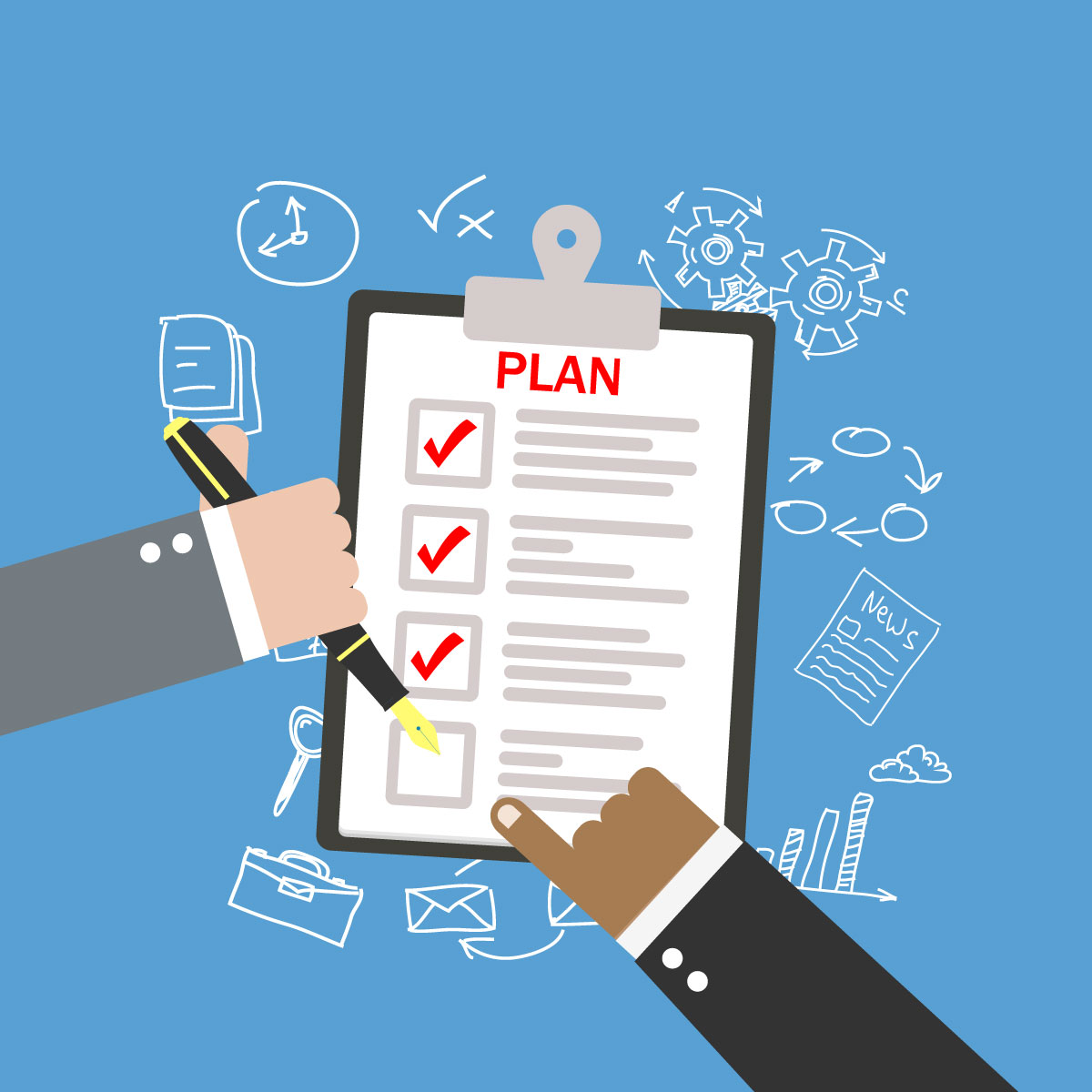
This is the fourth in a series of articles discussing the basic principles of plain language by Aaron Dalton.
Most of the writing that happens in an office is stream-of-consciousness. We fire off dozens of quick emails and texts a day with little thought. But the writing we do for external readers requires more care. Effective writing is neither art nor science; it’s craft, and expert craftsmanship takes time and practice. This is why it’s important to start with the why behind plain language, so we have the motivation to do the extra work needed to really produce a high-quality document.
I teach a three-stage approach to drafting: think, then write, then edit, in that order. In my experience, simply breaking your writing into these three distinct, non-overlapping phases makes a huge difference.
Think
This is the most difficult phase. You aren’t done until you’ve produced the following three things:
- A clear and complete purpose statement
- A list of target audiences in priority order
- A linear outline
Write
Now that you’re clear about what you’re going to say, to whom and in what order, you just have to say it. Writing is all about momentum, so do everything you can to minimize distractions:
- Dedicate large blocks of time to writing.
- Close distracting apps and disable notifications as much as you can.
- Don’t overthink your words. There will be time for editing later. For now, just get the information out of your head and onto the page.
- Ignore formatting. It’s easy to fret over getting numbered lists to work or waste time deciding whether to underline your headings. Leave all of that for later.
- Consider keeping a style sheet. These are very helpful for longer documents or when writing collaboratively with others.
Edit
This is generally the longest and most laborious phase. There are three types of editing the document should go through:
- Self-editing: Never inflict your first draft on anyone. Put the document in a drawer and walk away for as long as you can afford to. Then come back and do at least one editing pass of your own. Compare it to the material you produced in the think phase and make sure that your document is accomplishing your purpose and will be readable by the target audiences.
- Peer review: You should never be the only set of eyes on a document you yourself wrote — ever. Find a colleague or rope in a family member. Have someone else look at it, and then do another editing pass.
- Professional review: This is where we come in.
This process really helps when writing by committee. The larger group can do the think phase together and then particular sections can be hived off to the different writing groups. But ultimately, everybody should be on the same page and know how their section fits into the overall whole.
The entire process is also downscalable. Even if you’re responding to an email, if it’s to an external stakeholder, read it carefully and fully think through your response (think), then draft it (write) and then be sure you and at least one other person read it before you send it (edit).
While I work and teach in a technical writing environment, this approach has parallels in the creative writing world. I recommend reading Betty S. Flowers’s 1979 article “Madman, Architect, Carpenter, Judge: Roles and the Writing Process.”
___
Previous post from Aaron Dalton: What is Plain Language? Part 3: When You Assume …
The Editors’ Weekly is the official blog of Editors Canada. Contact us.
Discover more from The Editors' Weekly
Subscribe to get the latest posts sent to your email.
